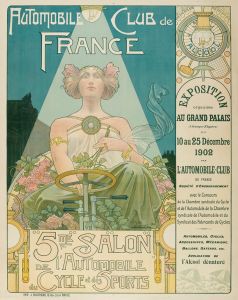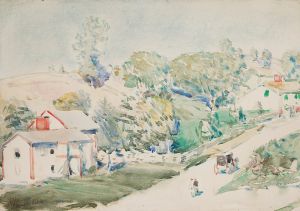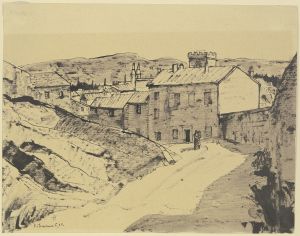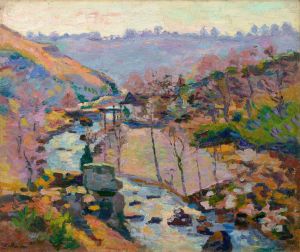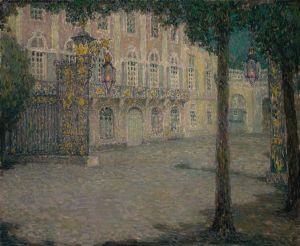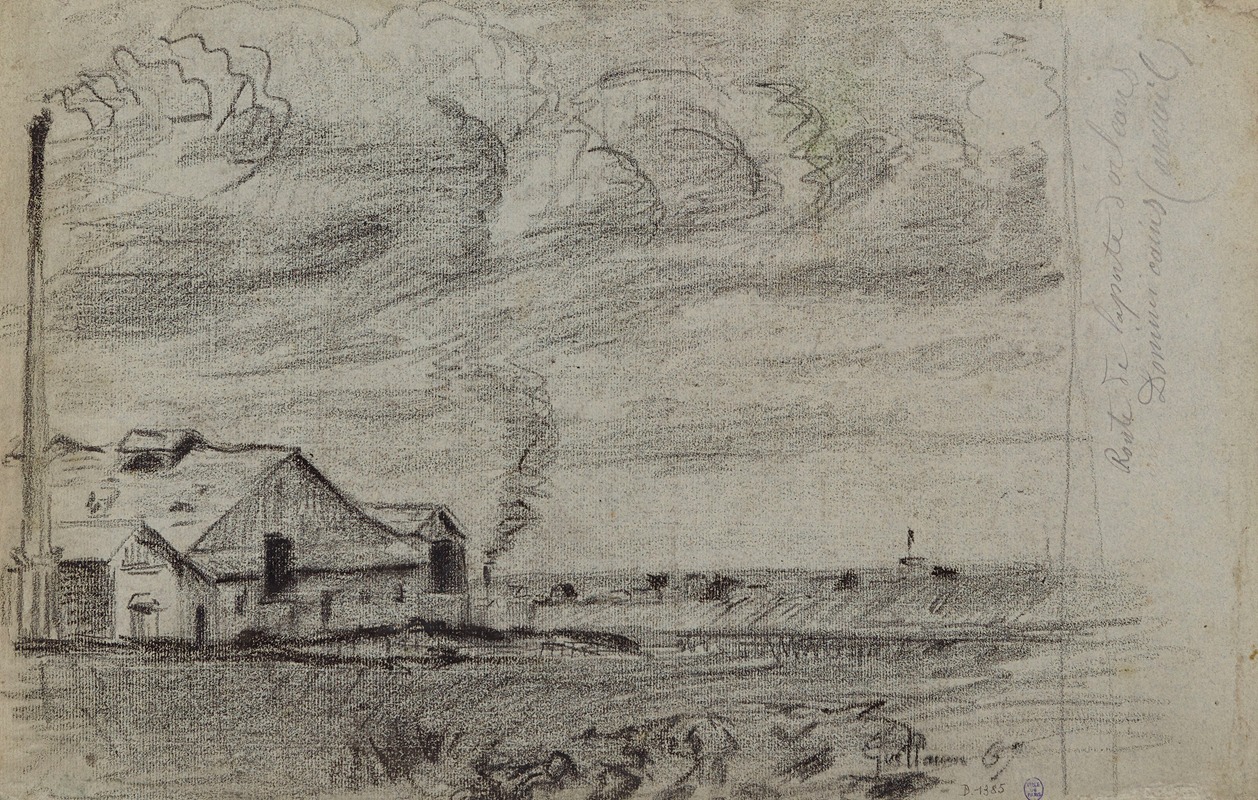
Route de la Porte d’Orléans
A hand-painted replica of Armand Guillaumin’s masterpiece Route de la Porte d’Orléans, meticulously crafted by professional artists to capture the true essence of the original. Each piece is created with museum-quality canvas and rare mineral pigments, carefully painted by experienced artists with delicate brushstrokes and rich, layered colors to perfectly recreate the texture of the original artwork. Unlike machine-printed reproductions, this hand-painted version brings the painting to life, infused with the artist’s emotions and skill in every stroke. Whether for personal collection or home decoration, it instantly elevates the artistic atmosphere of any space.
Armand Guillaumin was a prominent French Impressionist painter, known for his vibrant use of color and his depictions of the French landscape. One of his notable works is "Route de la Porte d’Orléans," which exemplifies his mastery in capturing the essence of the natural environment and urban settings.
Armand Guillaumin was born on February 16, 1841, in Paris, France. He was initially employed in various jobs, including working for the French government, before he pursued his passion for painting. Guillaumin studied at the Académie Suisse, where he met and befriended several other artists who would become key figures in the Impressionist movement, such as Paul Cézanne and Camille Pissarro. These relationships were instrumental in shaping his artistic style and career.
"Route de la Porte d’Orléans" is a painting that reflects Guillaumin's interest in capturing the dynamic interplay between urban life and the natural world. The Porte d’Orléans is a historical gateway located in the southern part of Paris, and during Guillaumin's time, it was a bustling area that marked the transition from the city to the countryside. This setting provided a rich subject for Guillaumin, who was keen on exploring the effects of light and color in his work.
In this painting, Guillaumin employs a vivid palette, a characteristic feature of his style, to depict the scene with a sense of immediacy and vibrancy. The brushwork is loose and expressive, capturing the movement and energy of the location. The use of color is particularly noteworthy; Guillaumin often used bold, contrasting colors to convey the mood and atmosphere of the scene. This approach aligns with the broader Impressionist movement, which sought to capture the fleeting effects of light and the changing qualities of the environment.
Guillaumin's work, including "Route de la Porte d’Orléans," was part of the broader Impressionist exhibitions that took place in Paris during the late 19th century. These exhibitions were crucial in gaining recognition for the Impressionists, who were initially met with skepticism by the traditional art establishment. Over time, however, the Impressionists gained acclaim for their innovative approaches to painting and their ability to capture modern life in a rapidly changing world.
The significance of "Route de la Porte d’Orléans" lies not only in its aesthetic qualities but also in its representation of Guillaumin's contribution to the Impressionist movement. While he may not have achieved the same level of fame as some of his contemporaries, Guillaumin's work is appreciated for its bold use of color and its ability to convey the beauty of everyday scenes.
Guillaumin continued to paint throughout his life, and his works are held in various collections around the world. He passed away on June 26, 1927, in Orly, France, leaving behind a legacy of vibrant and evocative paintings that continue to be celebrated for their contribution to the Impressionist movement. "Route de la Porte d’Orléans" remains a testament to his skill and vision as an artist, capturing a moment in time with a unique blend of color and light.






